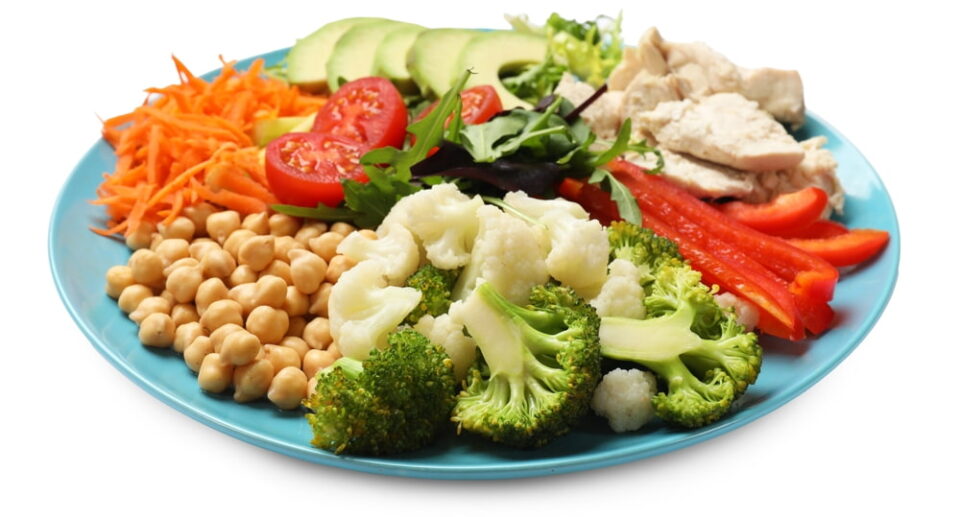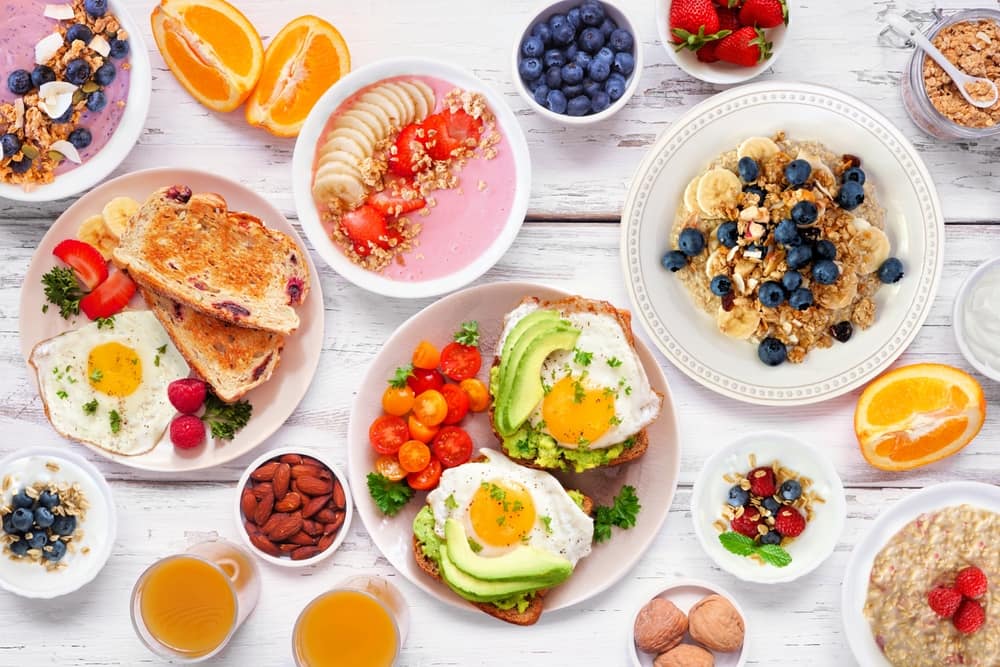How to increase fiber intake in daily diet
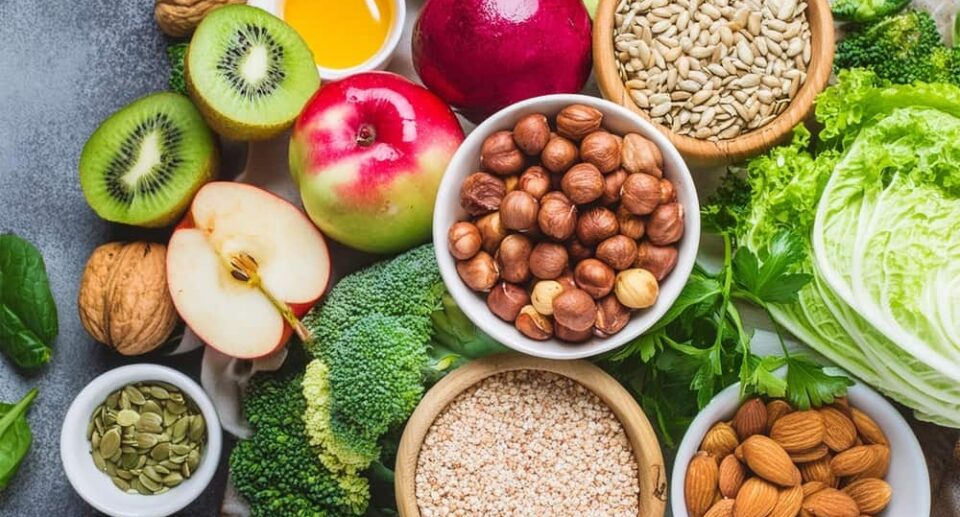

How to increase fiber intake in daily diet – Simple ways to add more fiber to your everyday meals. Fibre is essential to a healthy diet, yet many people struggle to consume enough daily. Fibre is a substance available in fruits, vegetables, cereals, and legumes, so it is a significant nutrient for your body’s immune system. It supports the maintenance of normal bowel function, lowers blood cholesterol, and helps to keep blood sugar in check. Even though the health benefits of fiber are numerous, the studies indicate that most adults do not consume the recommended daily fibre intake.
A high-fiber diet supports overall well-being, whether you’re aiming for weight loss, improved digestion, or better heart health. It can help you feel fuller for longer, reduce unhealthy cravings, and provide sustained energy throughout the day. With busy lifestyles and processed food choices, it’s easy to overlook fibre-rich options. However, incorporating more fibre into your diet doesn’t have to be difficult.
This guide will walk you through simple, practical ways to increase fibre intake in your daily diet. From understanding different types of fibre to exploring high-fibre food choices and easy meal ideas, we’ll provide everything you need to make lasting dietary improvements. Additionally, you’ll find inspiring success stories of individuals who transformed their health by adopting a fiber-rich diet.
Are you ready to take a step towards a healthier lifestyle? Let’s dive into the importance of fibre and how you can effortlessly integrate it into your meals for maximum benefits!
Why Learning How to Increase Fiber Intake in Daily Diet Matters


Dietary fiber is crucial for keeping the digestive system healthy, reaching and maintaining the desired weight, and also preventing chronic diseases. Despite the muscle of its power, the recommended daily fibre intake is overlooked by many people, which thus leads to digestive discomfort, sluggish metabolism, and poor gut health. Understanding fibre’s role in the body can help you make informed dietary choices and improve overall well-being.
Health Benefits of a High-Fiber Diet You Should Know
- Improves Digestion: Fiber adds bulk to stool, helping prevent constipation and promoting regular bowel movements.
- Supports Weight Management: High-fiber foods keep you full longer, reducing cravings and aiding in healthy weight loss or maintenance.
- Regulates Blood Sugar Levels: Soluble fibre slows down the absorption of sugar, preventing blood sugar spikes and crashes.
- Lowers Cholesterol: Soluble fibre binds to cholesterol in the digestive tract, helping to reduce overall cholesterol levels and improve heart health.
- Boosts Gut Health: Fiber feeds beneficial gut bacteria, promoting a balanced microbiome and reducing inflammation.
Types of Fiber and Their Role in Daily Nutrition
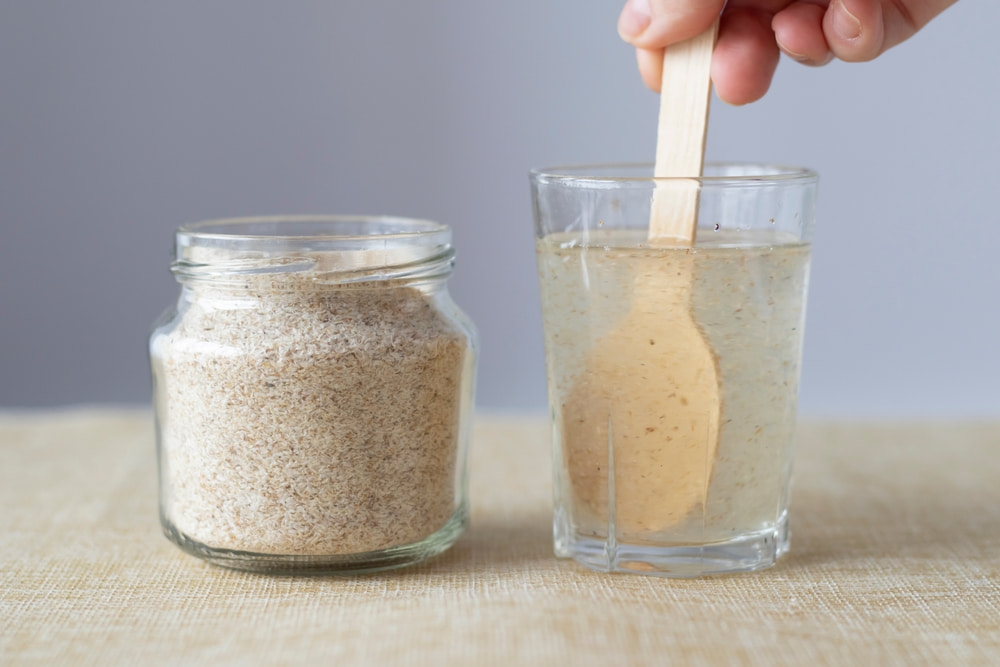

- Soluble Fiber: Fiber is a kind of carbohydrate that disappears and ends up being gel-like in water. It plays crucial role in lowering cholesterol and stabilizing blood sugar. It can be found in oats, beans, apples, and citrus fruits.
- Insoluble Fiber: Up the feces amount and ease the food going through the food tube down. They are present in whole grains, nuts, seeds, and the vegetables such as carrots and cauliflower.
Daily Fiber Requirements and How to Meet Them
The recommended daily fibre intake varies by age and gender:
- Women: 21-25 grams per day
- Men: 30-38 grams per day
Most people consume far less than this, so making small dietary adjustments can significantly impact health.
How to Increase Fiber Intake in Daily Diet: Easy & Effective Tips
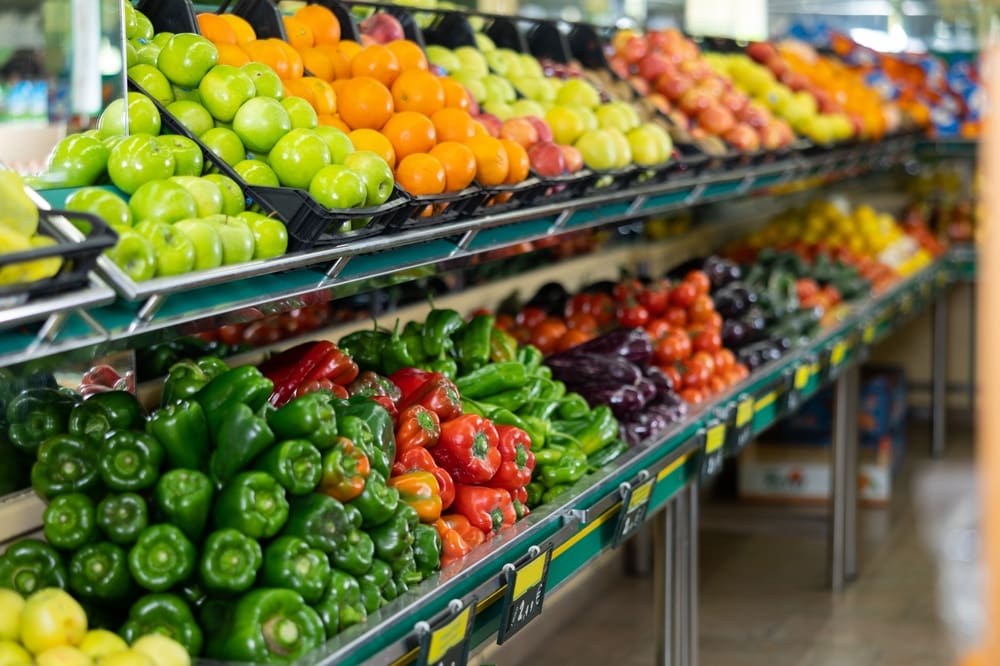

- Start your day with fibre-rich whole grains like oatmeal or whole wheat toast.
- So as to the soups, salads, and casseroles, include legumes such as lentils or beans.
- Snack on nuts, seeds, and fresh fruits instead of processed snacks.
- Replace refined grains with whole grain alternatives, such as brown rice or whole wheat pasta.
- Increase your vegetable intake by adding leafy greens, carrots, and bell peppers to meals.
With simple modifications to your eating habit, you will be able to enhance your digestive system, keep a healthy weight, and support the long-term well-being of the body.
Best Foods to Increase Fiber Intake in Your Daily Diet
Diet full of fiber can help you stay healthy and ensure optimal digestion as well as the effective management of weight. Here are some of the best sources:
1. Fruits and Vegetables
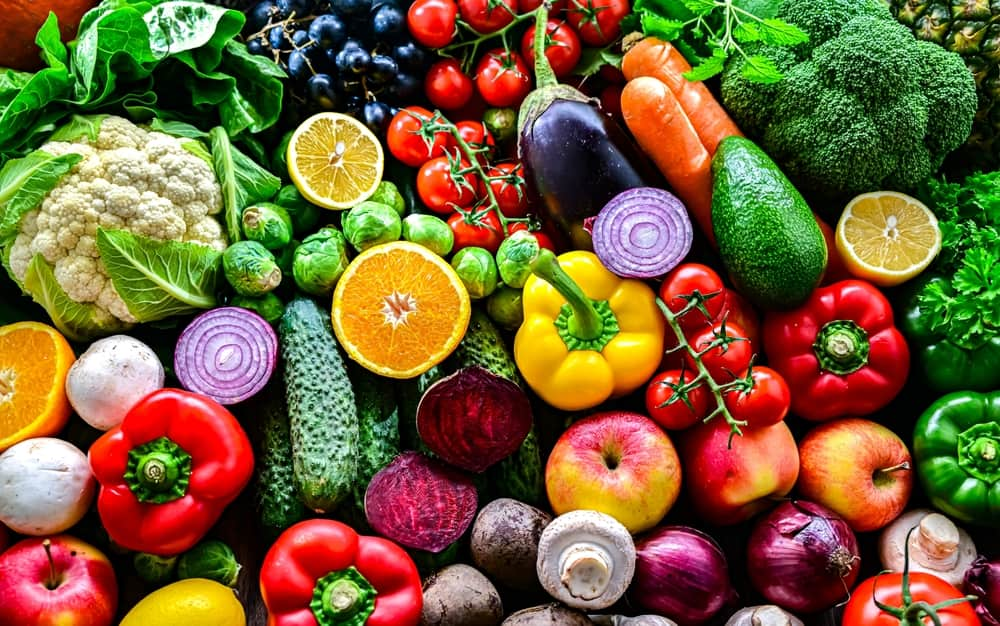

- Fruits: Apples, pears, oranges, bananas, and berries are excellent sources of fibre. Additionally, they provide much needed vitamins and antioxidants.
- Vegetables: Greens like spinach, kale, carrots, broccoli, as well as Brussel-sprouts, are rich in nutrients,microelements, and fiber for significant health problems
2. Whole Grains
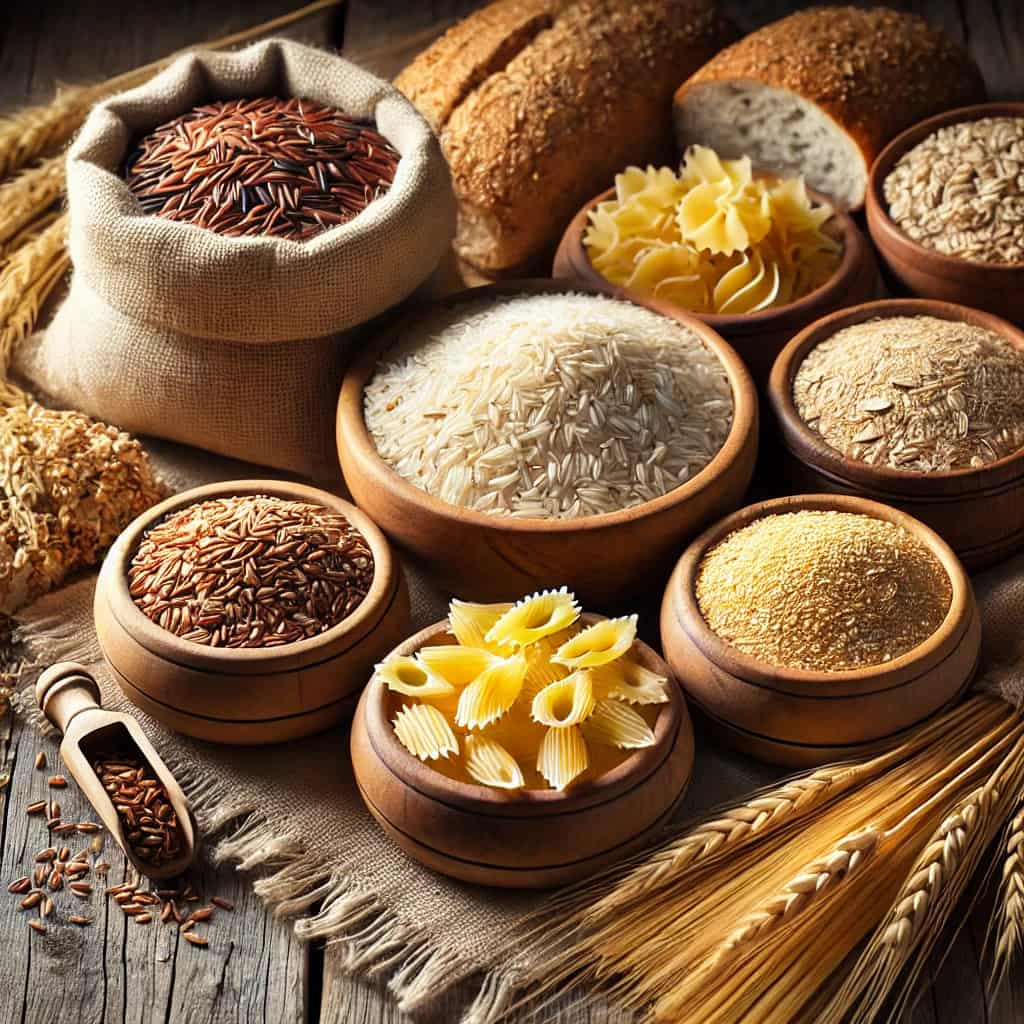

- Brown rice, quinoa, and oats: These grains provide complex carbohydrates and fibre to keep you full longer.
- Whole wheat bread and pasta: Opting for whole grain versions ensures you get more fibre than refined grains.
- Barley and Bulgur: Great fibre-rich options can be added to soups, salads, and side dishes.
3. Legumes and Beans
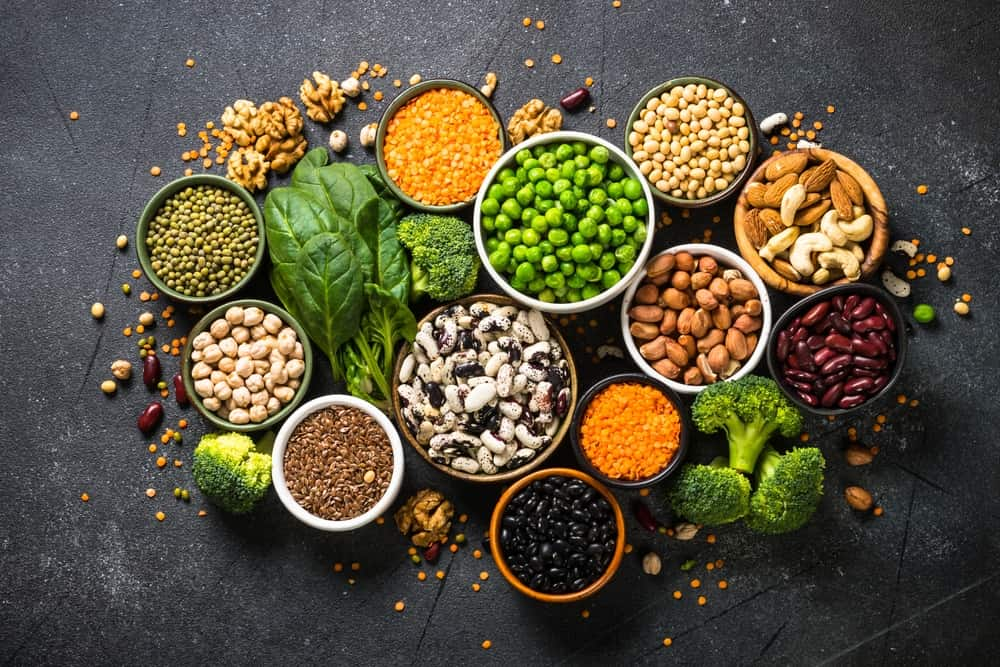

- Lentils, black beans, and chickpeas: High in both protein and fibre, making them great additions to soups, stews, and salads.
- Peas and soybeans: Nutrient-dense and versatile, these can be included in various meals.
4. Nuts and Seeds
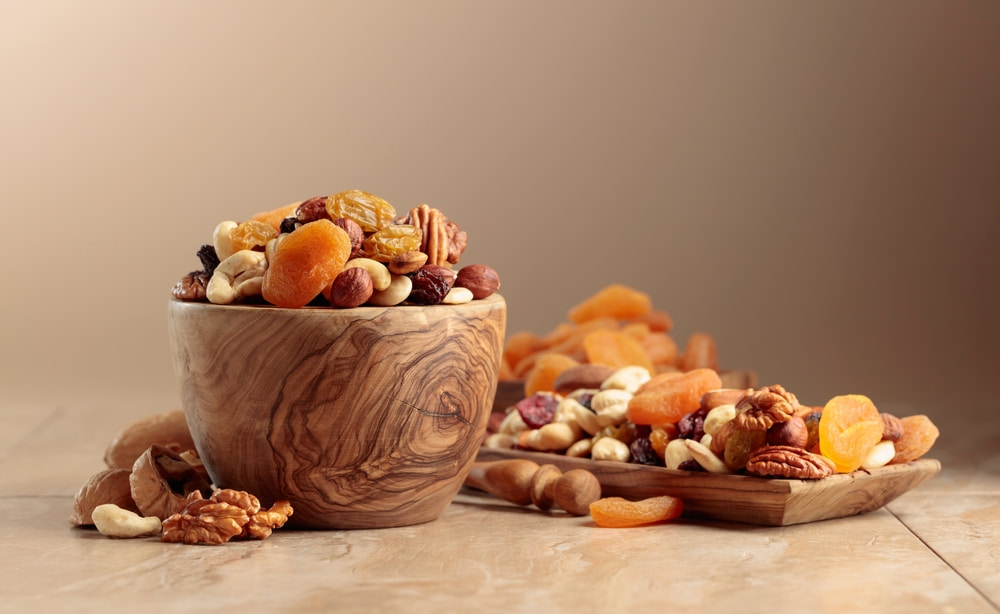

- Chia seeds and flaxseeds: Rich in fibre, omega-3s, and essential nutrients.
- Almonds and walnuts: These nuts provide fibre and healthy fats to support heart health.
- Sunflower and pumpkin seeds: Perfect for snacking or topping salads and yogurt.
Smart Meal Hacks on How to Increase Fiber Intake in Daily Diet
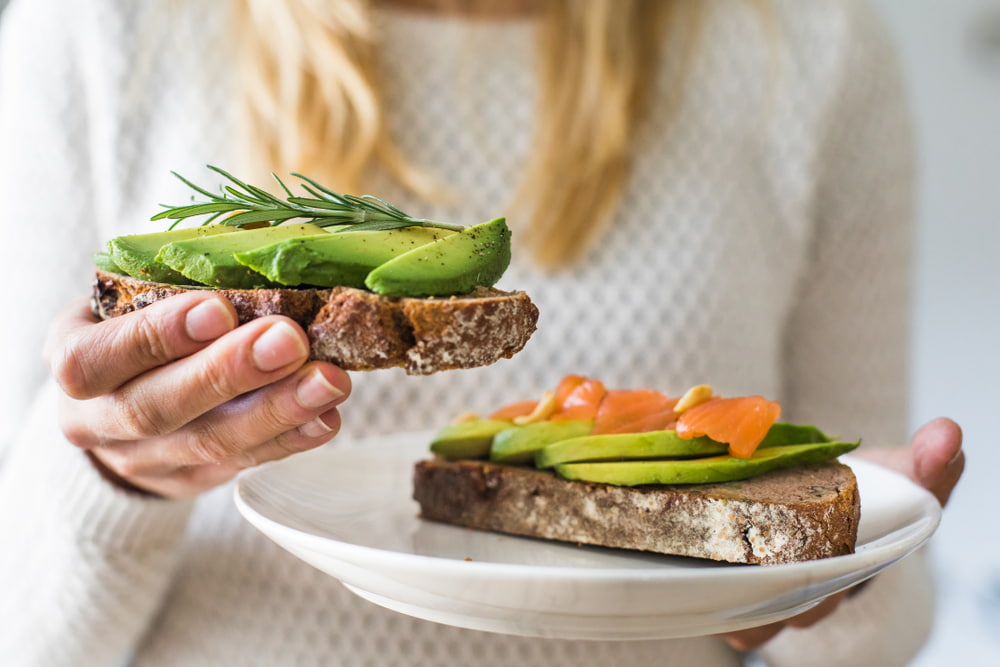

Increasing fibre in your diet doesn’t have to be complicated. Here are some easy ways to boost your intake:
- Start your day with whole grains: Swap refined grains for fibre-rich options like oatmeal, whole wheat toast, or bran cereal.
- Snack on fibre-rich foods: Opt for nuts, fruits, and raw vegetables instead of processed snacks.
- Incorporate more legumes: Add beans, lentils, or chickpeas to soups, salads, and main dishes.
- Choose whole fruits over juices: Eating whole fruits keeps fibre intact and provides more nutrients.
- Experiment with plant-based meals: Try incorporating more vegan or vegetarian dishes, which are often high in fibre.
- Use high-fibre additions: Sprinkle chia seeds, flaxseeds, or hemp seeds on yogurt, smoothies, or salads.
- Increase vegetable intake: On half of your plate add those with more fiber and which are also colorful or bright.
- Try fibre supplements if needed: If you struggle to get enough fibre from food alone, consider psyllium husk or other natural fibre supplements.
Real Success Stories from High-Fiber Diet Transformations
1. Emily – The Busy Professional Who Beat Bloating
Emily, a corporate executive, constantly suffered from bloating and irregular digestion due to a hectic schedule and unhealthy eating habits. After incorporating high-fibre foods like oatmeal, leafy greens, and chia seeds into her meals, she experienced a significant improvement in her digestion. She now swears by a fibre-rich breakfast to start her day right.
2. David – The Athlete Who Boosted His Endurance
A marathon runner, David often felt fatigued and struggled with energy crashes. With the help of a nutritionist, he increased his fibre intake by adding whole grains, beans, and fibre-rich smoothies to his diet. Not only did he notice improved digestion, but he also had sustained energy throughout his training sessions.
3. Laura – The Mom Who Achieved Sustainable Weight Loss
Laura, a mother of two, struggled with post-pregnancy weight gain. Instead of extreme diets, she focused on fibre-rich foods like lentils, quinoa, and fresh vegetables. These kept her full for longer periods, reduced cravings, and ultimately helped her lose weight naturally without feeling deprived.
Including extra fiber to our meals every day, we can easily improve our health. Replacing refined grains with whole grains, increasing the quantity of fruits and veggies, and supplementing meals with legumes and seeds are simple but effective measures that can bring significant benefits your health, such as improved digestion, blood sugar regulation, and a balanced gut flora.
Take Charge of Your Health by Increasing Fiber Intake in Your Daily Diet
A fibre-rich diet is not just about eating more—it’s about eating smarter. Blasting fat is made possible with the increase level of satiety and the prevention of cravings. Fibre is essential to your health and weight loss, in case you look for what is required to lessen weight, keep your gut healthy or feel better every day. How to increase fiber intake in daily diet – Discover easy tips to boost your daily fiber naturally.
Start by taking baby steps and slowly introduce the food and also high-fiber in your menu. The benefits will be noticeable—not only in how you feel but in your overall well-being. Investing in fibre today is an investment in your long-term health.





